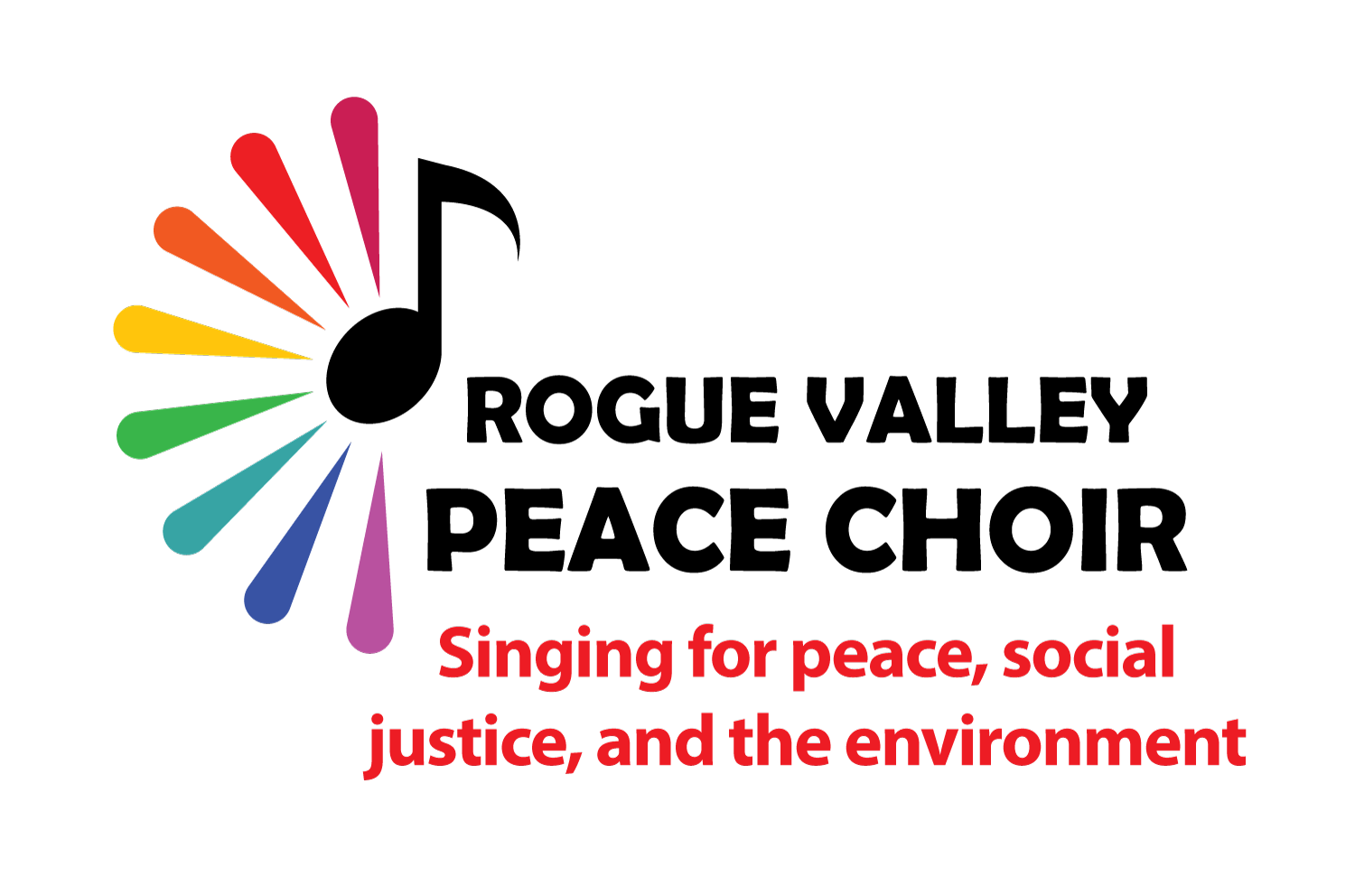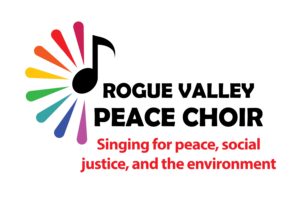Singing is good for you. Singing with others may be even better.
The choir met on Wednesdays in a London church, and if the Tube was on strike, it took Hazel Hardy two buses across the city to get there — but no matter. By the time she entered the hall, she says, she’d “escaped whatever was outside,” including her cancer.
The choir members, who met from 2016 to 2018, were all familiar with cancer — they were patients, caregivers and oncologists — but they didn’t discuss it. They were there to sing. To have a bit of fun and meet people. For Hardy, who had been diagnosed with breast cancer shortly before joining the group, it was a “new kind of family.”
After rehearsals, some of the singers provided a saliva sample to researchers examining whether singing affected their health and mood — and it did, positively. The “Sing With Us” study, which enrolled Hardy and 192 others, is part of a growing body of research that points to the physical and mental health benefits of singing with others. Sing With Us linked singing in the choir to reduced stress hormones and increased cytokines, proteins that can boost the body’s ability to fight serious illness.
Other studies have found a connection between singing generally with lessened anxiety, stimulated memory for those with dementia, increased lung capacity and an easing of postpartum depression.
Building social bonds, collective joy
Singing groups such as choirs support the “total growth of the human being,” says Stanley Thurston, who founded the Heritage Signature Chorale in D.C. to preserve African American choral music and serves as its artistic director. Although many choirs in the United States operate out of churches, plenty of others are community based, including Heritage.
Choirs are large families, he says, and singing in them promotes social bonding, which contributes to a sense of belonging and joy. Research bears this out: Studies have found that group singing fosters trust, cooperation and social cohesion.
But choirs and singing have also been associated with the spread of the coronavirus during the pandemic, although at least one study has raised questions about this. These days, many have scaled back covid protocols such as requiring masks at all rehearsals but still ask singers to monitor their health and stay home with a sore throat, fever, congestion or excessive coughing.
Other ensembles now offer virtual rehearsal options. It’s a new world, and “trying to keep everyone healthy” is part of a choir director’s job, Thurston says.
In the United States, choir singing has not fully regained its pre-pandemic popularity, says Liza W. Beth, vice president of communications and membership for Chorus America, an advocacy organization. But in 2019, some 54 million Americans sang in choirs, and those who did were found to be more optimistic, more likely to vote, less lonely, possessed stronger relationships and were more likely to contribute positively to their communities than non-singers.
A sense of achievement comes from creating notes with the body and by working together over many months to master a work. The text is often inspiring, or beautiful, Thurston says, so despite the day’s travails, choir members leave rehearsals feeling “this is a very positive thing that I can be a part of.”
It’s choirs’ social environment that enhances the already positive effects of singing, says Katey Warran, a research fellow in social science at University College London. Warran coordinated Sing With Us and studies how arts interventions affect health outcomes.
Singing is calming, which produces physiological benefits, but joining a singing group is also about making “meaningful” relationships, Warran says. For example, the choir Hardy joined after her cancer diagnosis wasn’t a support group, but rather a shared activity that can increase self-esteem and self-efficacy and that can produce “more stable increases in well-being,” Warran says.
But what if you think you can’t sing? If you can breathe and make sound, you can sing and receive its benefits, says Suzi Zumpe, creative director of ENO Breathe, a joint initiative of the English National Opera and Imperial College Healthcare NHS Trust. Developed alongside respiratory and medical experts from Imperial College London, the program specializes in relieving breathlessness and anxiety for people with long covid.
Why lullabies soothe the singer, too
A hallmark of long covid is “over-breathing,” she says, and feeling air “starved.” By extending exhalations through sound exercises, breath is retrained. Participants join in online groups of 20, with their microphones muted, eventually singing lullabies. And in that way they discover the power of singing to soothe, Zumpe says.
We may think of lullabies as rhymes for lulling newborns, but they also soothe the singer.
When you breathe in to communicate a lullaby’s message, you breathe differently, Zumpe says. You calm the body and engage emotionally. She quotes the late neurologist and author Oliver Sacks: “Music, uniquely among the arts, is both completely abstract, and profoundly emotional. It has no power to represent anything particular or external, but it has a unique power to express inner states or feelings. Music can pierce the heart directly.”
Some 2,300 people across the United Kingdom have completed the six-week ENO Breathe class; even many of the most nervous singers now perform in person on the London Coliseum stage, Zumpe says.
Singing has numerous health benefits for older adults, too: fewer falls, doctor visits and prescription drugs, better social connections and better cognitive function, according to a study sponsored by the National Endowment for the Arts.
For Hardy, singing with her choir was a celebration. She eventually sang Christmas carols at a hospital in south London, while patients received chemotherapy. “It brings me joy to think about,” Hardy recalls. “It was more than a choir. It was something that brought people together.”
“I Can See Clearly Now” was the first song her choir learned, but the real showstopper was “I Will Survive,” with Hardy convincing the group to throw more feeling into it. “Go on now go, walk out the door, just turn around now, ’cause you’re not welcome anymore,” the troupe belted. Hardy was singing to her cancer with those words, she says, and she was in the choir because she wanted to move on from it.
When one of the choristers died of cancer, the group sang “I Can See Clearly Now” at her memorial service, Hardy says. Hardy’s cancer, which returned a second time, is now in remission.
When you attach singing to an anniversary or a memory of others, it gives meaning and comfort, says Eugene Rogers, artistic director of the Washington Chorus. To recognize the 60th anniversary of the Rev. Martin Luther King Jr.’s “I Have a Dream” speech, he directed “Scenes from the Life of a Martyr” and the Duruflé “Requiem” at the Kennedy Center in early April.
Requiems have filled choir repertoires as in-person performances have returned. One role of choirs moving forward is speaking to today’s issues, and connecting different communities by the stories told, Rogers says, noting that last fall saw the highest choir participation in the Washington Chorus’s history.
At Heritage Signature Choir, about half of the choir and half the audience have returned since covid shut things down, Thurston says. For many, he adds, there was no choice but to continue, recalling a woman arriving at a recent rehearsal not long after a hospital stay who said the choir was good for her recovery. “It affects the way you feel about being alive,” Thurston says. “It’s an expression of, ‘Yes, I am here. This feeds my soul.’”

